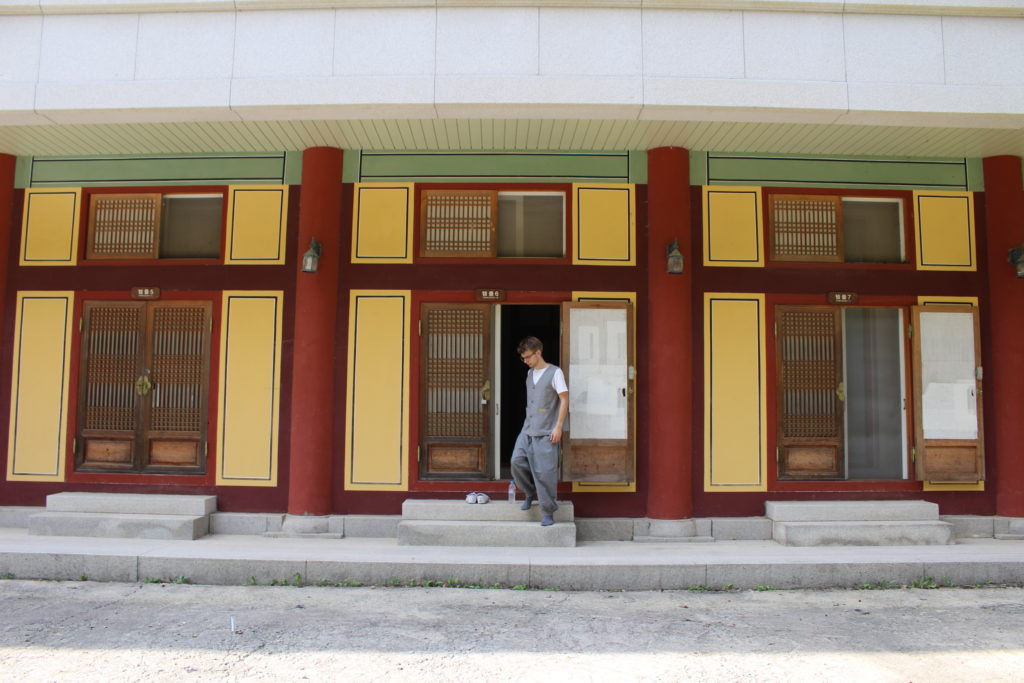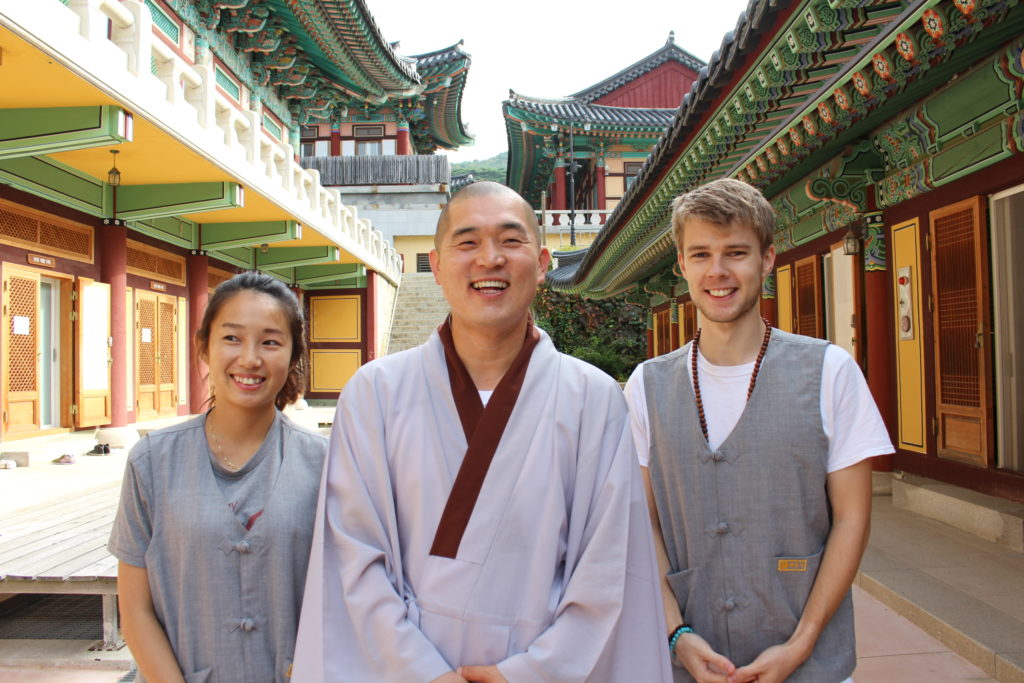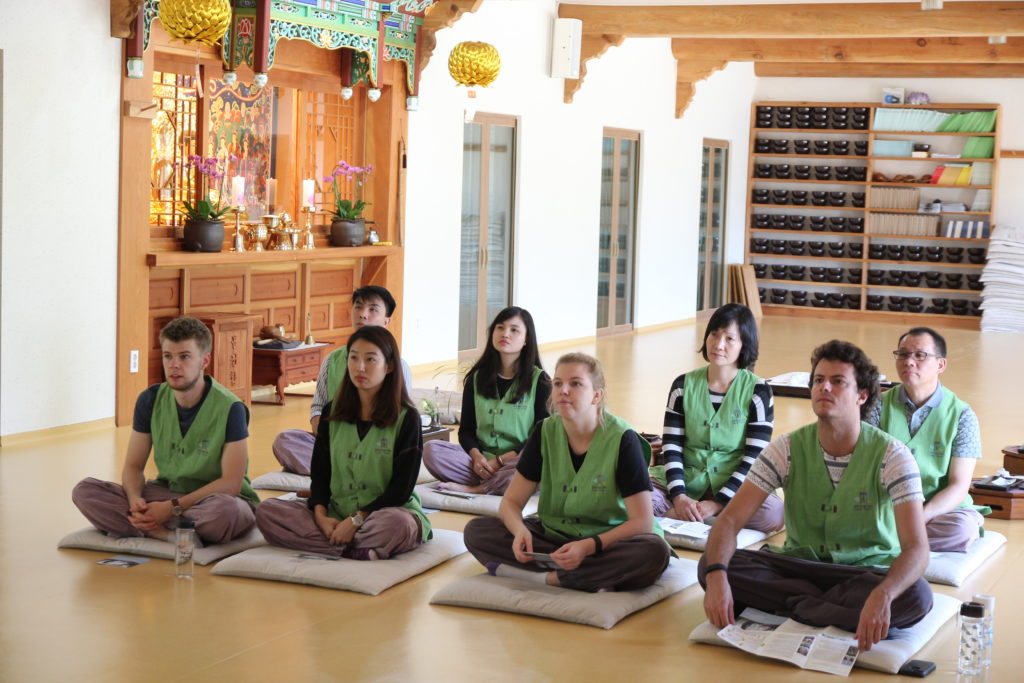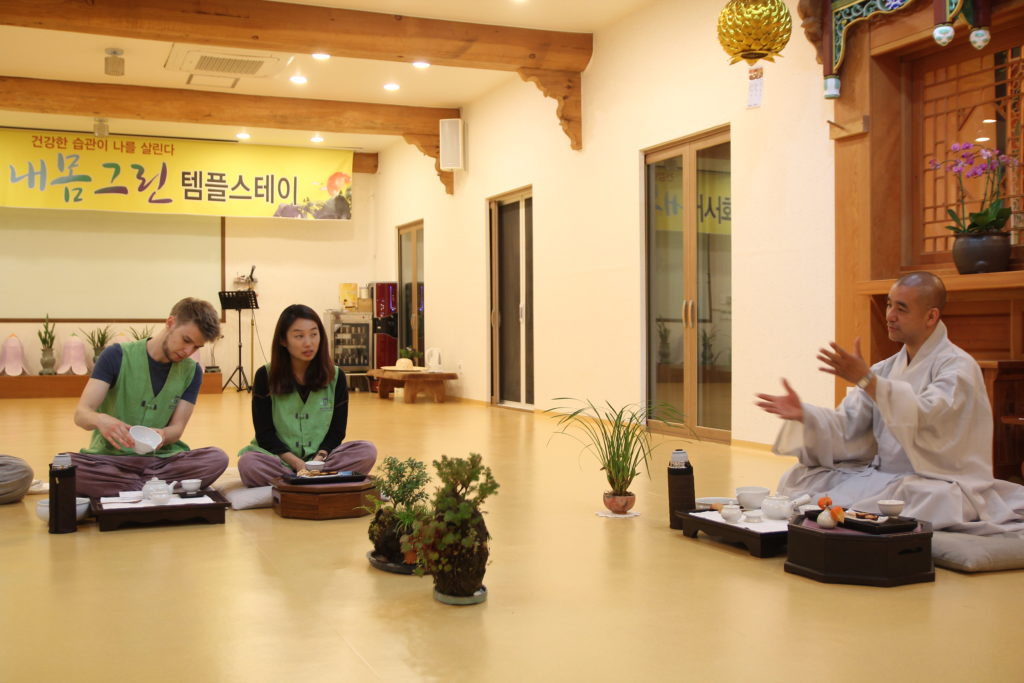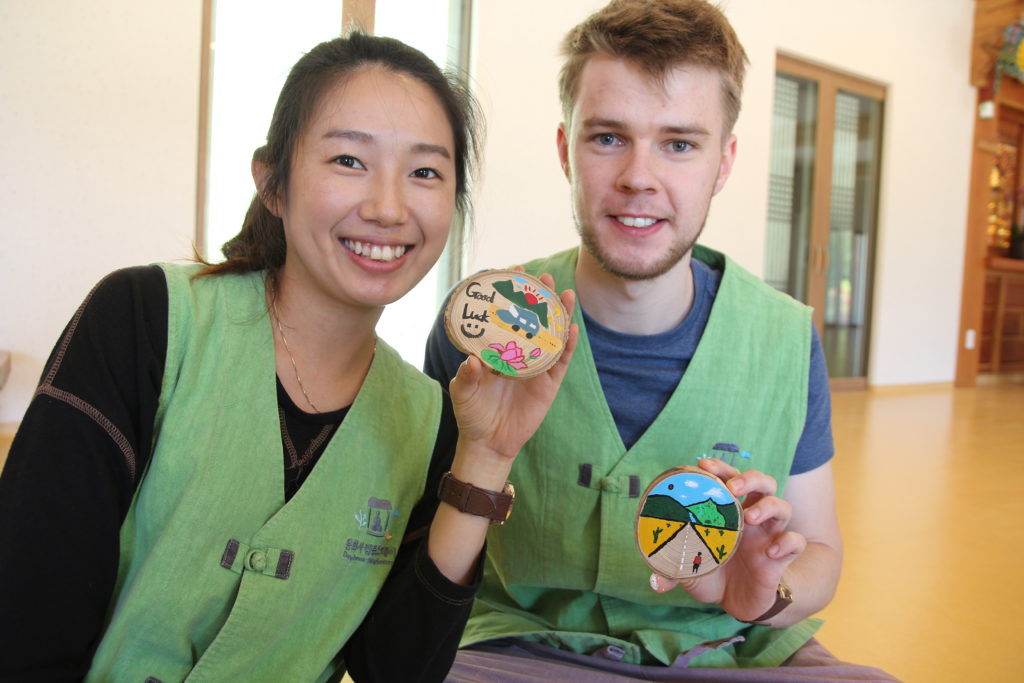
Monkeying Around
If you were to come up to me in a ramshackle bar and ask me, “Jack, what was your favourite experience from your time in South Korea?” Without a doubt, I would tell you to bugger off and leave me alone. However, if you were to ask me when I was not busy in the business of savouring stouts, I would tell you that, indisputably, it was staying with Buddhist monks in temples perched high in the Korean hills. Intrigued? So was I the first time I heard of such ventures, as I have always had a keen interest in the “religion” and its teachings. The purpose for the “sneer quote” is that I am loathed to call Buddhism a “religion” at all (tarnishing it with omnipotent gods and divine powers), as it is equally a way of life as it is a belief system – but that is a debate for another time. The following post will detail my two, yes two, Temple Stays’ during my year in South Korea, from the UNESCO listed Haeinsa Temple in the very heart of the country, to Donghwasa Temple on the boundaries of Daegu’s northern border.
Mid-September in Gayasan National Park, and a 2:30 am alarm call signalled our first day as would-be Buddhist monks. In the pitch black, I had to search for my light-grey robes alone, as Yugyeong was required to stay in a separate female dorm. I say dorm. Dorm would imply that there were bunks, showers and fifteen American backpackers up all night attempting to drink soju through their socks. I, however, was staying in a large, empty room, which was supplied with two blankets (one for above me and one below), and it was pure bliss. After a breakfast consisting of a variety of lentils, beans and vegetables, it was to the main temple to observe our first prayer of the day. We lay down our kneeling mats and assumed prostration position (taught to us last night), and waited. The room soon silently filled with monks, laying their own mats around ours before commencing their chants. The sonorous sound reverberated around all four corners of the wooden temple, instilling a feeling in me that I can only describe as sheer awe. Indeed it turned me rather emotional as I sat in complete wonder at my utterly unique surroundings.
When daylight finally appeared, some decades later, we were given a tour around the entirety of the site, which has changed astonishingly little over the last twelve hundred years. Haeinsa’s pièce de résistance is a preposterously old book depository called Janggyeong Panjeon, which has stored the Tripitaka Koreana (a complete version of the Buddhist scriptures carved onto over eighty thousand wooden printing blocks) since 1398. The blocks have survived seven serious fires and one near-bombing during the Korean War when a pilot disobeyed orders because he remembered that the temple held priceless treasures – good man. The temple is also known for the quality of its monk drummers, who put on an incredible show twice daily in the central courtyard (on easily the largest drum I’ve ever clapped eyes on). They take it in turns to assume the initial beat, before gradually increasing the pace and difficulty of their thumping – throwing in some stylistic flares to keep the “crowds” happy.
Indeed, it was a splendid way to round-off our visit to Haeinsa, which impressed us so much that we decided to book a visit some eight months later to the nearer, and larger, Donghwasa Temple. This time around, Yugyeong and I were accompanied by fellow teachers Louis and Katie, who had made the previous few months in Daegu far more enjoyable since their arrival from South Africa and Australia respectively. Rather than the chilly weather of a Korean fall, this time we were greeted by the sultry heat of an early summer, which initially was an agreeable change. After a brief welcome from our guide monk, we were thrown straight in at the Buddhist equivalent of the deep end. Whilst we were only able to observe the musical production at our previous temple, this time we were all to have a starring role: three hard whacks on a large bronze bell. Despite the curtness of our performance, I’m sure I saw one monk well-up in sheer reverence of our… unique display.
Our evening consisted of learning the art of making (and pouring, no less) tea. Our teacher had definitely brewed a fair share in his time and was a dab hand at keeping the teapot lid firmly closed as he poured, scarcely allowing a drop to fall anywhere but the centre of the miniature, white drinking bowl – remarkable. We, on the other hand, spilt and spurted more tea than you would find on the carpets of a nursing home, as our lack of nirvana clearly hindered our tea-making abilities. However, the next morn, our absence of inner peace did nothing to impede our wood-painting prowess, as we set forth to design and produce our own remarkable compositions. With an epic road trip in the offing, Yugyeong and I deemed that creating good luck charms for our lengthy journey would be a wise choice, as they would certainly be more useful than any of the preparations we have made so far.
Our final meal involved a short march into a nearby forest, with bowls of rice in hand, where we sat down for a picnic and Q&A with one of the senior monks. With Yugyeong translating, I found out everything I needed to become an ordained member of the team (with this being my primary retirement plan). With all sarcasm aside (for a change), I must reiterate how fantastic these two experiences were. Back in that first temple, I definitely had some sort of existential experience, that I have found rather difficult to articulate accurately – but is something that will stay with me for an extremely long time. If you have an open mind and happen to be travelling through any Buddhist nation, be sure to inquire about a Temple Stay or two. Whilst it may give you a whole new perspective on life, it certainly won’t help you to pour a cup of tea.
J

